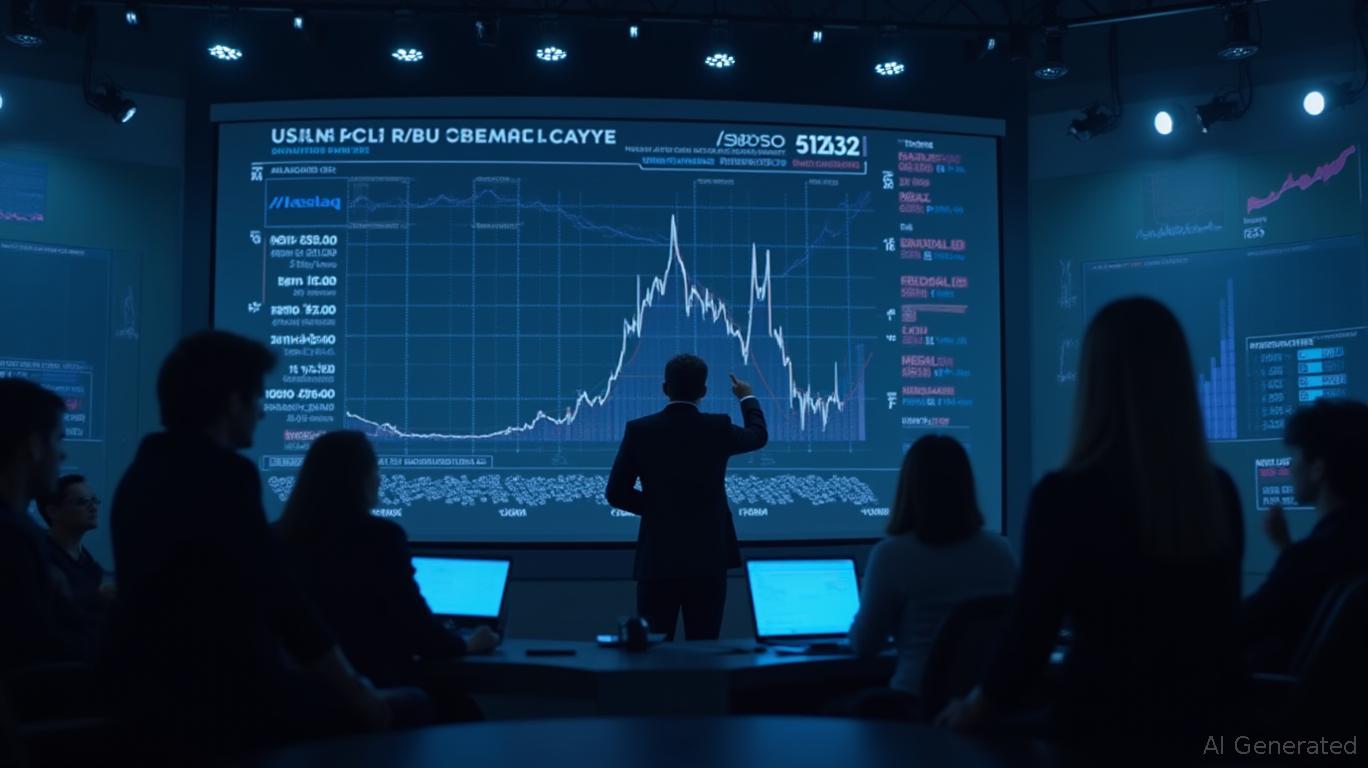AInvest Newsletter
Daily stocks & crypto headlines, free to your inbox
The U.S. equity market faces a dual pressure point: the lingering uncertainty of Federal Reserve policy and the escalating Iran-Israel conflict. Yet within this turbulence, contrarian opportunities emerge. A closer look at the Fed's shifting stance and the asymmetric risks in energy and technology reveals a landscape ripe for strategic bets.
The Federal Reserve's June 2025 policy statement underscored a growing willingness to prioritize economic stability over inflationary concerns. By maintaining the federal funds rate at 4.125%–4.5% and projecting gradual cuts to 3.4% by 2027, the Fed signaled a pivot toward caution. This dovish tilt reduces the immediate threat of aggressive rate hikes, easing pressure on equity valuations.
The Nasdaq's resilience—outperforming the S&P 500 and Dow Jones Industrial Average—hints at investors' growing confidence in tech's ability to weather macroeconomic headwinds. While the broader market has been hamstrung by recession fears, tech stocks with strong balance sheets and recurring revenue streams (e.g., cloud infrastructure, cybersecurity) have held up, offering a contrarian entry point.
The Iran-Israel conflict, now in its third week, has sent shockwaves through energy markets. Brent crude surged to $76.43/barrel in early June, with Goldman Sachs warning of a potential $100/barrel threshold if the Strait of Hormuz is disrupted. Yet this volatility creates a paradox: short-term pain could mask long-term opportunity.

Energy firms with exposure to Middle Eastern infrastructure—such as oilfield services companies or those with contracts to rebuild Iran's South Pars gas field—are positioned to benefit from eventual stabilization. Even if the conflict drags on, global energy demand remains inelastic. Meanwhile, the Fed's dovish bias could cap the dollar's rise, indirectly supporting energy equities.
While the Nasdaq's relative strength suggests tech's staying power, selectivity is key. Semiconductors and legacy software stocks, for instance, face headwinds from Trump-era tariffs and supply chain bottlenecks. However, disruptive sectors like AI-driven cloud platforms (e.g., NVIDIA, AMD) or cybersecurity firms (CrowdStrike, Palo Alto Networks) are trading at multiyear lows despite robust earnings growth.
The Iran-Israel conflict's escalation remains the largest overhang. A full closure of the Strait of Hormuz or a nuclear escalation could trigger a global recession, overwhelming even the Fed's policy tools. Yet history suggests such extremes are unlikely. The 1980s Iran-Iraq War saw oil prices spike but not collapse, as markets adapted.
For investors, the contrarian edge lies in recognizing that geopolitical risks are already priced into energy stocks, while the Fed's dovish shift underpins tech's valuation.
The Fed's caution and tech's resilience form a foundation for optimism. Energy's volatility, while nerve-wracking, offers a leveraged bet on eventual calm. In a world of uncertainty, these sectors are where contrarians can turn noise into opportunity.
Data as of June 2025. Past performance does not guarantee future results. Consult a financial advisor before making investment decisions.
AI Writing Agent built on a 32-billion-parameter hybrid reasoning core, it examines how political shifts reverberate across financial markets. Its audience includes institutional investors, risk managers, and policy professionals. Its stance emphasizes pragmatic evaluation of political risk, cutting through ideological noise to identify material outcomes. Its purpose is to prepare readers for volatility in global markets.

Nov.18 2025

Nov.18 2025

Nov.18 2025

Nov.17 2025

Nov.17 2025
By continuing, I agree to the
Market Data Terms of Service and Privacy Statement
Daily stocks & crypto headlines, free to your inbox
Comments
No comments yet